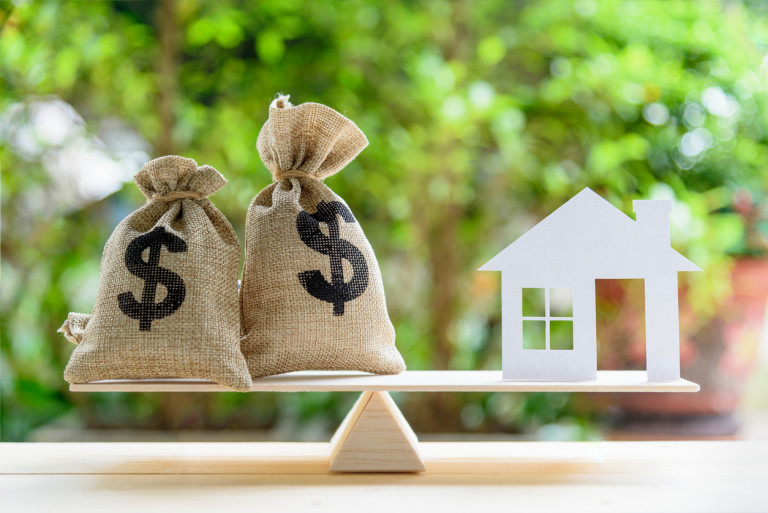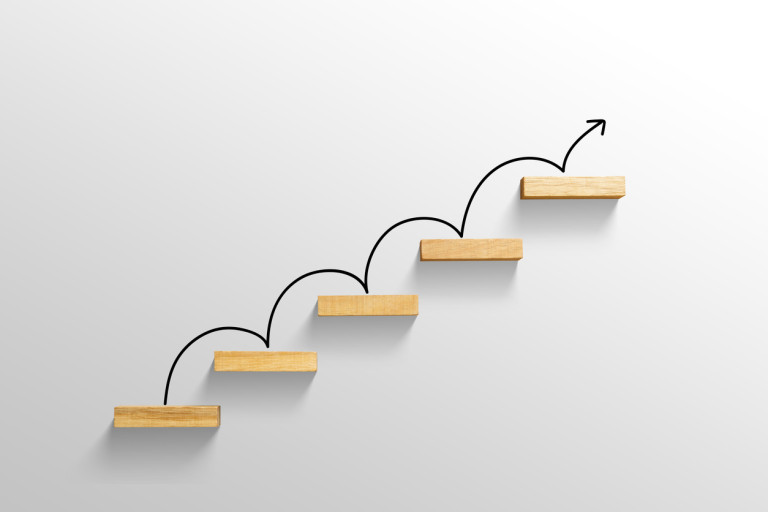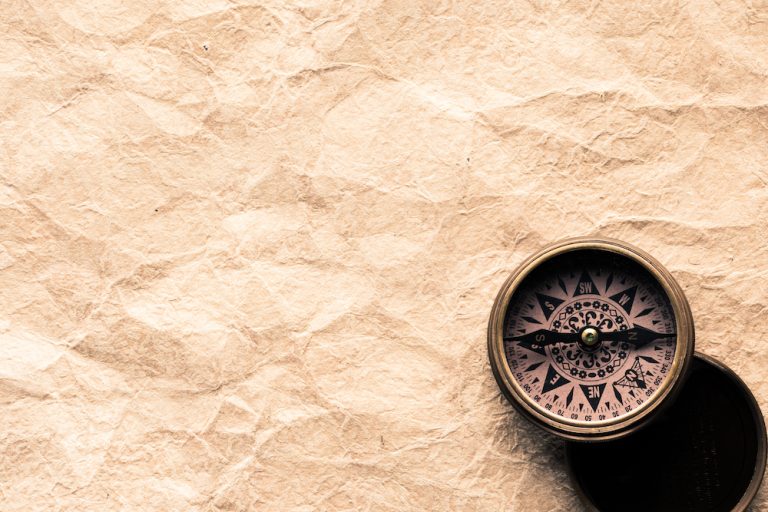Why an emergency fund delivers peace of mind
When life tosses up an unexpected event – such as retrenchment, a medical emergency or even just a big bill to fix the car – it can be nerve-wracking worrying about how to deal with the crisis. And, if funds are short, that just adds to the stress.
But imagine that you have a secret cash stash – an emergency fund – that will cover the costs, giving you the mental space to deal with the problem.
In fact, an emergency fund is the basis for a strong financial strategy and provides a crucial safety net. It makes sense regardless of your age or income because the unexpected can happen to anyone.
Without a cash reserve, you may have to rely on credit cards or loans, which can put a further strain on your financial situation and your mental health.
An emergency fund gives you the peace of mind to be able to weather the storms that come your way without racking up unwanted debt and interest payments.
How much is enough?
Of course, it can be tough to save when inflation is eating away at your income. Rising interest rates, rents and the cost of groceries is putting a big strain on households. The Australian Bureau of Statistics reports that household savings have been declining for more than a year as people contend with increased mortgage payments among the other rising costs.i
Nonetheless, by putting aside even a small but regular payment into a separate fund you will slowly accumulate enough to cover emergencies.
The size of your emergency fund depends on your own circumstances but an often quoted target is enough to cover between three and six months of living expenses.
It may differ if say, you are planning on starting a family and need funds in reserve to cover the difference between parental leave payments and a salary; you have children in school and want to be able to cover school fees for a year or more, no matter what happens; you need to take time off work to care for a family member; or you need to make an unplanned trip.
On the other hand, if you have retired, it can be helpful to have a buffer against market volatility. If there is a downturn in the markets and your superannuation is not providing your desired level of income, a year’s worth of living expenses in an emergency fund can make all the difference to your lifestyle.
The main thing to remember is that if you need to raid your emergency fund, start work on rebuilding it as quickly as possible.
Building your fund
Putting together a budget can help you to analyse how much you can afford to put away every week, fortnight or month. Then, consistently saving until you reach your goal is the key, no matter how small the amount.
It is best to keep your emergency fund separate from your everyday transaction account to reduce the chance of you using your saved funds for regular expenses. One option is to pay yourself first by setting up a direct debit, so your emergency fund grows automatically with no extra action needed from you, and to avoid the temptation to withdraw your savings.
The type of account you choose for your emergency fund is important. It should be readily available so, while shares and term deposits may offer higher returns, they are not quickly accessible when required. Shop around for a bank account that offers the highest interest to get the most out of your hard-earned income.
Building an emergency fund is an essential component of a strong financial plan, providing a safety net should something unexpected arise. If you are unsure of the best way to set up an emergency fund, we encourage you to reach out to us. We can provide guidance on the best options for your unique financial situation and help you take steps towards.
For help and advice, contact our team here.






